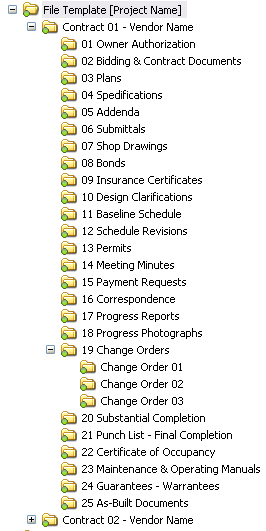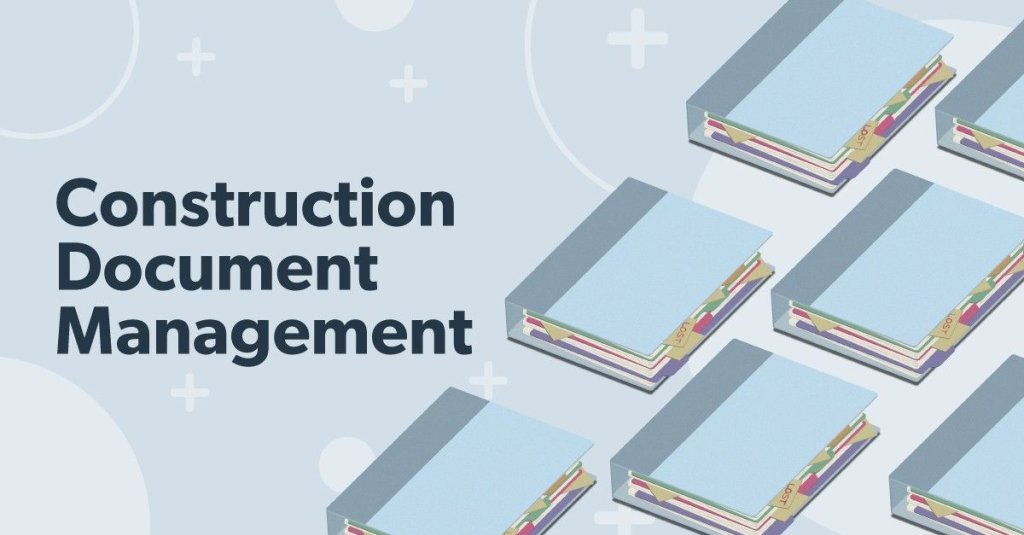Simplify Cooperation: The Power of Construction Document Management Solution
Simplify Cooperation: The Power of Construction Document Management Solution
Blog Article
Achieving Seamless Project Distribution: Designer's Comprehensive Strategy to Building Record Management
In the world of architecture and construction, the precise orchestration of job aspects is vital to success. One essential element commonly took too lightly is the administration of construction documents, which serves as the backbone of every task. construction document management. As architects browse the complexities of implementation, design, and sychronisation, a thorough technique to record monitoring becomes a linchpin for accomplishing seamless task delivery. By dissecting the subtleties of this procedure, revealing the essential elements, and checking out ingenious technical services, architects introduce a path in the direction of increased efficiency and collaboration within task teams. The blend of innovation, precision, and partnership forms the cornerstone of an effective architectural endeavor, raising the value of an organized document monitoring approach.
Significance of Building And Construction Document Monitoring
Reliable building record administration plays a critical role in making sure task success by promoting smooth communication and organization throughout the construction process. By keeping up-to-date and exact building and construction documents, architects can effectively communicate with contractors, subcontractors, and various other stakeholders involved in the job. These papers act as a recommendation point for all parties, making sure that everyone is working from the very same collection of information and minimizing the probability of misunderstandings or mistakes.
Furthermore, appropriate paper administration can improve task efficiency, decrease costly delays, and ultimately lead to the effective conclusion of construction projects. Designers who prioritize building file monitoring established a strong structure for task success and show a dedication to supplying top quality outcomes.
Secret Elements for Reliable Paperwork

Offered the crucial role that precise and orderly construction documents plays in ensuring project success, it is vital to identify vital elements that add to effective documentation management. Concise and clear interaction is extremely important. All stakeholders need to recognize the documentation needs and have the ability to accessibility and translate the info conveniently. Secondly, establishing standardized templates and procedures guarantees uniformity across all project documents. This includes calling conventions, documents structures, and alteration control to stop errors and complication. Thirdly, normal testimonials and updates are crucial to maintain paperwork reflective and present of the task's progress. This technique helps identify any type of inconsistencies or adjustments that need to be addressed immediately. Finally, carrying out a robust file monitoring system that permits variation control, accessibility limitations, and audit routes significantly enhances the company and protection of job documentation. By incorporating these crucial elements right into construction record management practices, architects can simplify processes, lower errors, and ultimately add to the effective distribution of tasks.
Using Technology for Paper Company
Leveraging sophisticated electronic tools and software systems is critical in boosting the organization and ease of access of building and construction paperwork. Building firms can streamline their paper administration processes by carrying out specialized software designed for the building industry. These tools supply features such as version control, cloud storage, and joint editing abilities, allowing employee to deal with files all at once and ensuring every person has accessibility to the most current info.
One secret advantage of utilizing modern technology for file organization is the ability to create a centralized database for all project-related documents. By saving papers in a secure digital setting, architects can conveniently look, retrieve, and share details with stakeholders, reducing the risk of variation disputes or lost files. In addition, advanced software application solutions often include metadata tagging and indexing capabilities, permitting users to categorize documents efficiently and fetch them rapidly when needed.
Collective Methods With Task Teams
To enhance project end results, designers should embrace collaborative strategies when collaborating with task groups to make certain smooth communication and control throughout the building and construction process. Partnership with project teams is necessary for architects to efficiently manage building projects. construction document management. By fostering open interaction and synergy amongst all stakeholders, designers can simplify decision-making processes, address potential problems proactively, and guarantee that every person is lined up with the job objectives
Architects should establish clear lines of interaction with engineers, professionals, customers, and various other essential employee from the start of the project. Regular meetings, progression updates, and responses sessions must weblink be set up to maintain everybody informed and engaged. Utilizing collective task administration tools can additionally facilitate real-time info sharing and paper collaboration, enhancing openness and effectiveness.

Finest Practices for Record Version Control

Final Thought
In final thought, reliable construction paper management is essential for achieving seamless job shipment (construction document management). It is crucial for architects to carry out best methods in record administration to successfully navigate the intricacies of construction projects.
Reliable building document administration plays a vital duty in ensuring project success by assisting in smooth interaction and organization throughout the building procedure. Furthermore, appropriate paper management can enhance task efficiency, reduce expensive hold-ups, and inevitably lead to the effective completion of building tasks.To maximize job results, designers have to welcome collective strategies when working with task groups to ensure smooth communication and control throughout the building click to read and construction procedure. Cooperation with task groups is important for engineers to successfully take care of building projects.In the world of collective construction task management, maintaining accurate control over paper versions stands as a crucial practice for guaranteeing project stability and cohesion.
Report this page